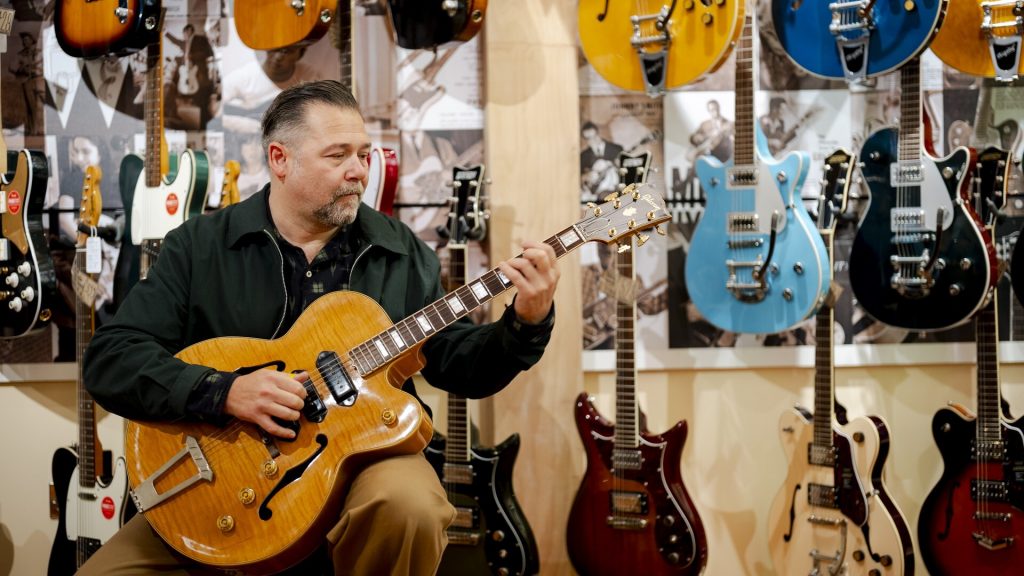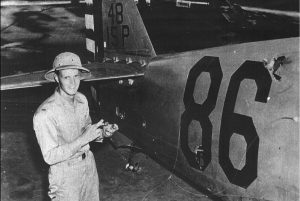London studio once used by The Beatles, Rolling Stones set to reopen

Many musicians describe the recording studio as a creative playground, a place where mistakes turn into melodies and raw emotion shapes into something people can feel. Now, Regent Sounds, the famed London studio used by the Rolling Stones, Jimi Hendrix and David Bowie, is preparing to reopen.
The studio, which closed in the early 1980s, is seeing new life after a multimillion-pound investment. Its return marks a revival of Denmark Street’s storied role in Britain’s music history. The exact amount of the project has not been specified.
Tin Pan Alley roots
Regent Sounds was long called Britain’s “Tin Pan Alley.” The block was once the center of the music publishing business, filled with songwriters, managers and artists creating and selling music daily.
Their official website reads accounts suggest the studio may have been founded in the 1930s, with the earliest photographs dating back to 1948. Violinist Ralph Elman is often credited with establishing it, though historians say he may have also launched another studio nearby. Regardless of its exact beginnings, the studio quickly became a hub for artists and publishers in the post-war years.
As the Beatles and Rolling Stones rose to fame in the 1960s, Regent Sounds gained a reputation for accessibility. Independent ownership allowed young bands control over their work at lower costs than larger studios charged. Rumors persist that the Rolling Stones never paid for their early sessions, which were booked on little more than a promise.
Recording history made
The Beatles used Regent Sounds to record early material, and the Rolling Stones tracked their debut album, first EP and much of their second record there. Songs like “Route 66” came out of the modest studio, recorded on a two-track Revox in a room insulated with egg cartons.
Other artists who passed through include Jimi Hendrix, David Bowie and Black Sabbath. Even as the industry shifted toward self-written music, Regent Sounds stayed busy, thanks to support from then-owner James Baring, heir to the Barings banking family. Baring encouraged young bands and surrounded the studio with talented engineers such as Bill Farley and Howard Yentis.
Modern day restoration
Today’s restoration aims to preserve the studio’s analog spirit. Plans call for retaining the same type of equipment used by music legends rather than going fully digital.
The guitar shop portion of Regent Sounds has already reopened, expanded to four times its original size with soundproof booths for trying instruments. Historic memorabilia will be on display, including T-Bone Walker’s 1949 Gibson, which still bears a bullet hole from a nightclub incident.
The recording space itself is expected to be fully operational within a year. Developers see the revival not only as a working studio but also as a cultural landmark where fans can experience the history of Tin Pan Alley.
The relaunch coincided with the release of Tony Bacon’s book “Electric Blues! T-Bone Walker” and the “Guitar That Started It All.”
The post London studio once used by The Beatles, Rolling Stones set to reopen appeared first on Straight Arrow News.





